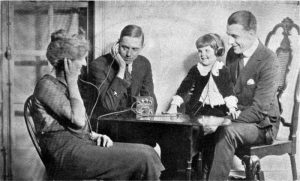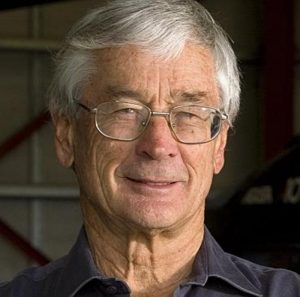 From the WIA, original post here.
From the WIA, original post here.
Date : 05 / 11 / 2016
Author : Roger Harrison – VK2ZRH
WIA President Phil Wait VK2ASD and director Roger Harrison VK2ZRH joined a throng of electronics industry identities past and present at Dick Smith’s Sydney home on Saturday 22 October. The invitation-only event drew key past and long-term employees, industry identities from the 1970s and 80s, and some of Dick’s partners in various adventures around the world.
The proprietors of the widely-known electronics stores, Altronics – Jack O’Donnell – and Jaycar – Gary Johnston, were there. Both adopted the DSE electronics retailing model and built successful businesses. Altronics is based in the West Australian capital of Perth, while Jaycar is headquartered in Sydney. Other industry identities of the 1970s and 80s swelled the crowd, including Owen Hill of Microbee fame, Greg Ackman of Mobile One – the famous manufacturer of mobile antennas, and Collyn Rivers, publisher of Electronics Today International in that era, where Phil and Roger worked.
Dick’s very first employee, Marshall Gill, turned up, who worked for Dick in his original car radio business in the late-1960s. Also there was Ross Tester, who ran Dick’s advertising division for years, and the architect of those crowded magazine advertisements, with black and white illustrations and tiny, tiny type! One of the longest-serving employees, Chris Ayres appeared, who started with DSE as a components buyer and survived through all the ownership eras beginning with Dick himself, then Woolworths and finally, Anchorage Capital.
In his typical ebullient style, Dick stood on a chair in his helicopter hanger and harangued the audience with his views on the myth of ‘continuous growth’ and how the management of Dick Smith Electronics by Anchorage Capital brought on the final collapse of his and wife, Pip’s, “baby”. Dick told us all that he and Pip dreamed that the firm would last 50 years; in the end, it lasted 47. It had taken 15 years for Dick and Pip, and a phalanx of enthusiastic employees, to build Dick Smith Electronics and sell out to Woolworths for some $20 million.
In reviewing DSE’s history, Dick echoed the words of DSE’s administrator, McGrathNicol, on what went wrong – dumb management blunders, such as expansion beyond belief, buying too much inventory, wrong product choices and too much debt. Dick was highly critical, saying the tragedy was a typical example of “professionals” that didn’t know retail, never worked in the business and thought that, “. . if a dummy like Dick could make money, just think what “professionals” could do!” Unsurprisingly, there was a smattering of radio amateurs among the throng – aside from VK2DIK himself; Ike Bain VK2AIG, Chris Ayres VK2YUS, Mark Plowman VK2MP, and Sandy Brucesmith ex-VK2AD and a ZL now. I’m unsure if I caught up with all those with a callsign.

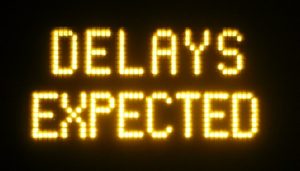
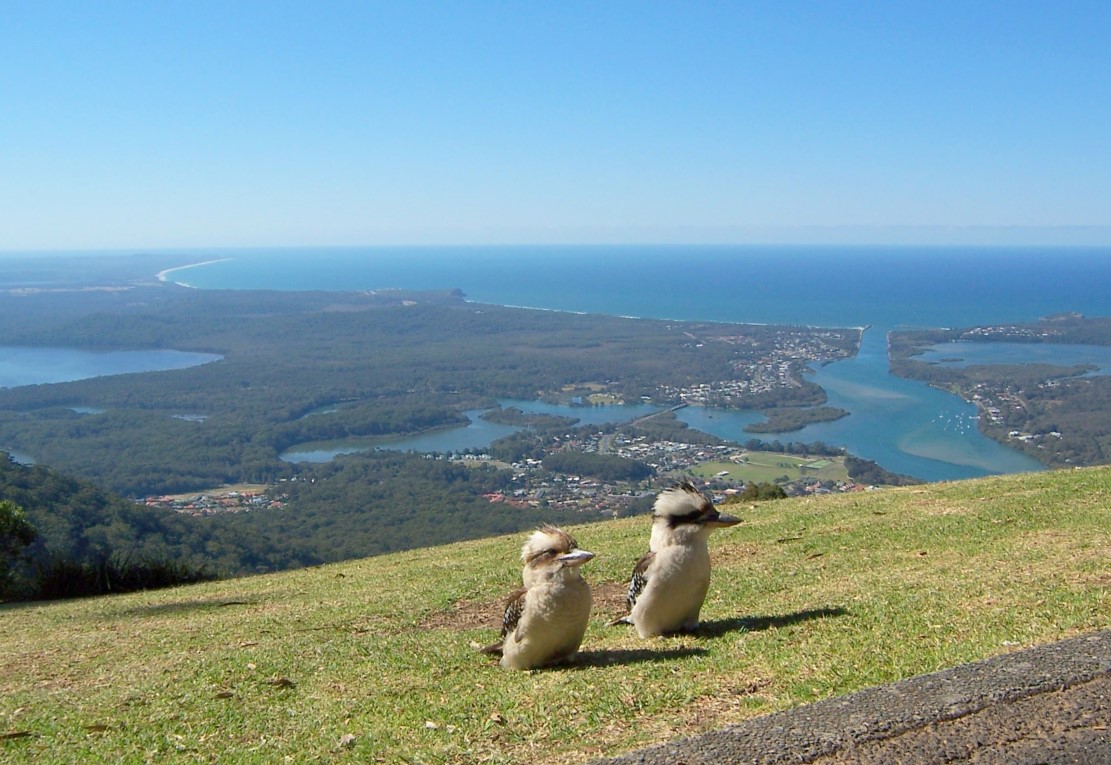
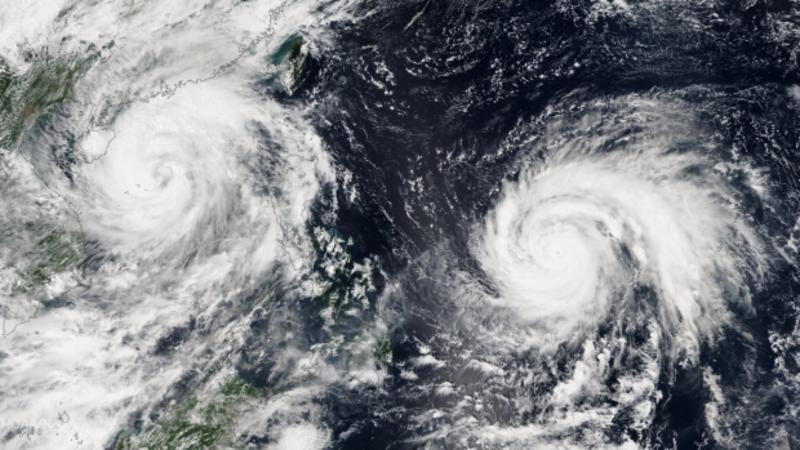 From the
From the 